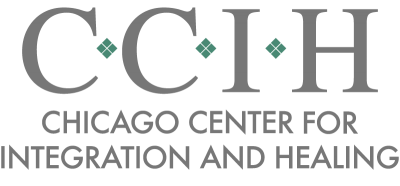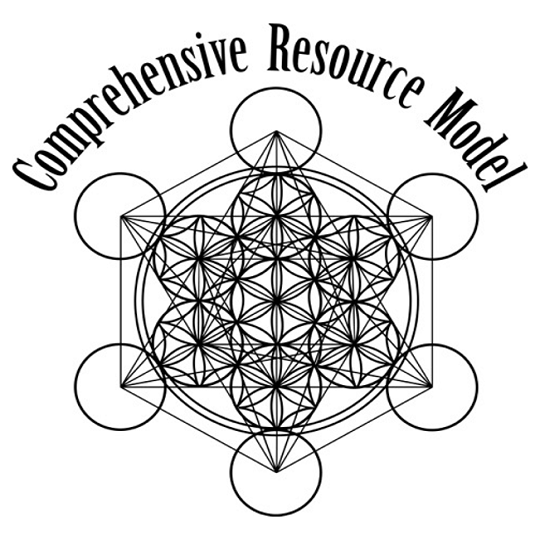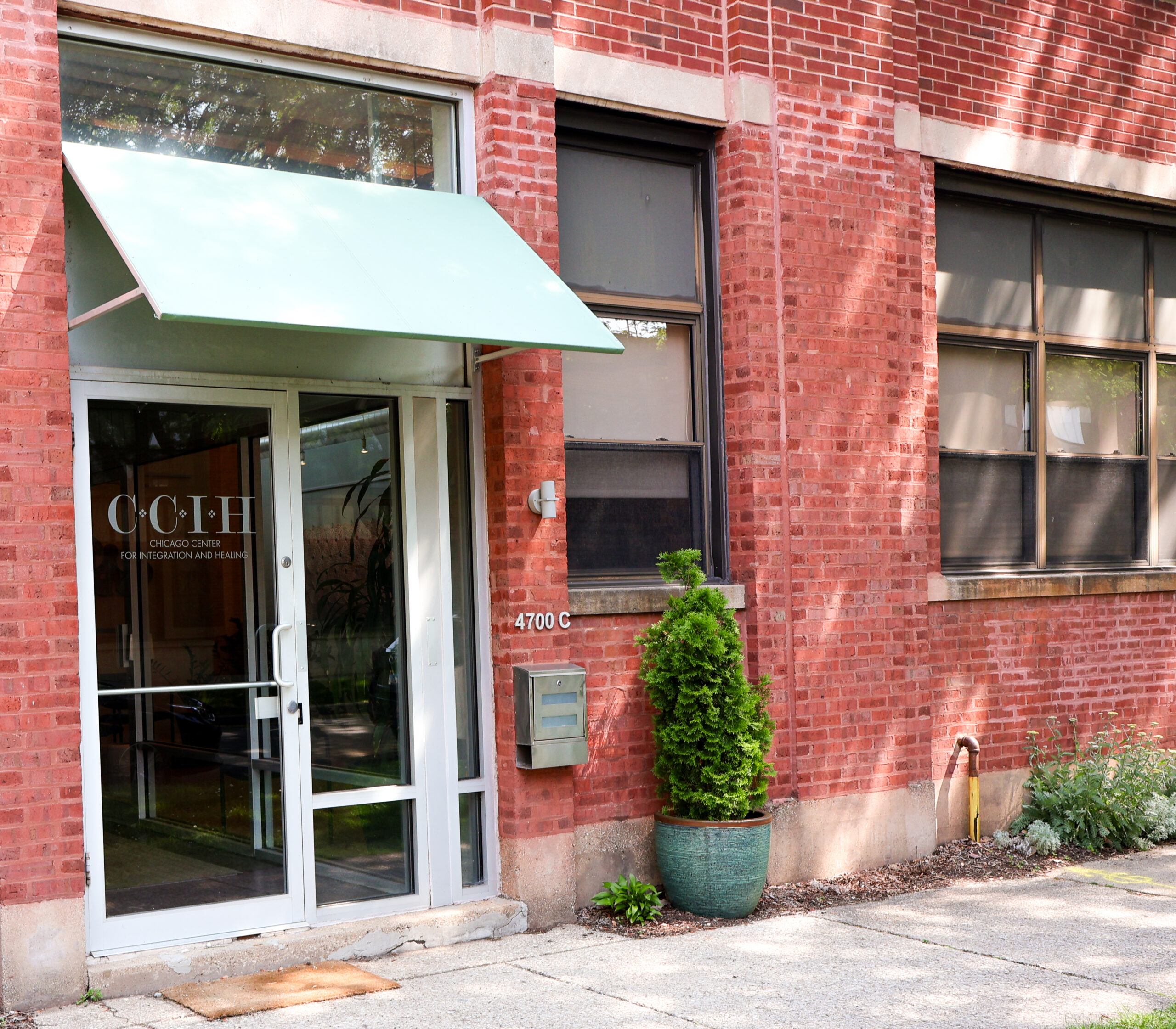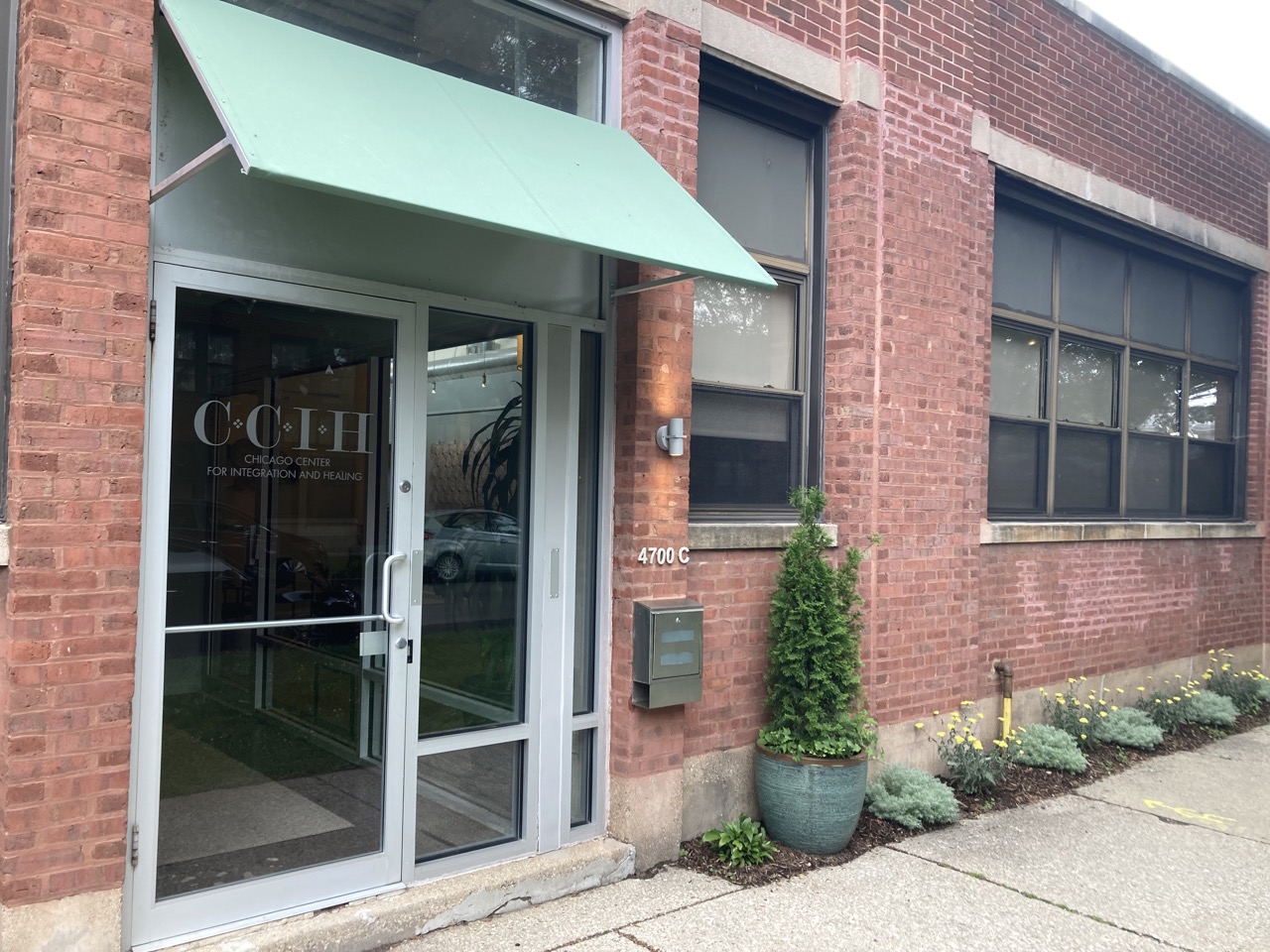I was introduced to the Comprehensive Resource Model, or CRM, about 4 years ago, which was (and continues to be) developed by Lisa Schwarz. As a trauma informed and attachment informed therapist, I see a lot of people struggling with complex trauma and attachment wounds and was frustrated by the limitations of talk therapy. So I started looking around for something that could offer more. The universe must have been listening because shortly after that I was introduced to Heather Kennedy at a mixer for therapists in the Milwaukee area, where I was practicing. She offered to do a demonstration session and after that I was hooked. I had the experience of working on a developmental issue that was fundamentally different than my previous work in traditional therapy.
CRM is a model for treatment rather than simply an intervention; it both uses ancient practices such as breathing and is deeply rooted in cutting edge trauma and attachment neuroscience research. It is also complex and nuanced, which seems appropriate given that human beings are complex and nuanced. I tend to think about it in two parts.
The first part is resourcing. CRM uses specific breathing techniques, grounding skills, activation of intuition and the development of secure attachment neurobiology to resource a client’s nervous system. The goal is bringing their brain and body into a state of neurobiological safety in order to experience intolerable memories as tolerable and release frozen behavior and thinking patterns.
The second facet is working with ego states, or parts. Ego states are the parts of ourselves that got split off when something overwhelming, intolerable happens, often events that change one’s life seemingly forever. This ego-state or part then exists outside of our more integrated self state and can get activated when something happens in our current life that reminds the nervous system of what created that part. So, for example, lets say a person gets into an argument with their spouse and feels very dismissed (regardless of whether the spouse is actually being dismissive). If that person has parts that hold wounds around being dismissed, then those parts will get activated and all the feelings and beliefs and terror and pain connected to that will come up. In CRM because you have already done the resourcing, you can often access parts that would otherwise be too well-defended. Also the parts work tends to be much less overwhelming for clients because of numerous layers and types of resourcing, used simultaneously while trauma is remembered. Which parts you work with is determined by the client’s system and what obstacles require removal in order for the therapy to be effective.
Importantly, the agent of healing in this model is not the therapist. The therapist is there to guide and be a grounding, present partner, not an object of dependency. It is the most adult, most present part of the client who is the agent of healing. (side note: Even for people who may not have a strong connection to that part of themselves, that connection can be developed. We all have the potential for free will and choice, as an adult, inside us). This “most adult self” or “most present self” serves as an ideal attachment figure for the part that holds whatever is being worked through. Through the ideal attunement, connection and bonding that is cultivated between the part and the most adult self, the part can work through, process and release what they have been holding and then be integrated into the rest of the self. If there is no adult self ready for this task, CRM utilizes other types of attachment figures which the brain responds to in a very similar if not identical way. You know something is completely processed when a part can think about the pain or shame or whatever they were holding and both look at it without getting triggered and also feel un-bothered by it. This would translate into regular life as that thing not being a trigger anymore while thoughts, behaviors and relationships truly change for the better..
I have seen remarkable healing and profound, fundamental shifts in my clients with whom I do this work. The work can be hard and complicated but within the container of the model, it feels manageable in a way that it often doesn’t otherwise. CRM is very much guided by the window of tolerance of the client, though it is also always working to widen that window. Generally, CRM is guided by the client, their intuition and their body (as opposed to their cognition or “mind”) and it holds the belief that our bodies know everything that has happened to us and what is needed to heal. Our job is to learn how to listen and follow.









